Curiosities of Honduras, located in Central America, is a country with a rich blend of cultural heritage, natural wonders, and historical significance. From its pristine Caribbean beaches to its Mayan archaeological sites, Honduras offers a diverse and captivating experience for those who explore its landscapes. In this exploration, we delve into some of the most striking curiosities that make Honduras distinctive and fascinating.
The Mayan Ruins of Copán:
Copán, a UNESCO World Heritage Site, is home to one of the most important Mayan archaeological sites in the world. The ancient city boasts intricately carved stelae, altars, and hieroglyphic stairways, providing insights into Mayan civilization. The Copán Ruins are renowned for their artistic and architectural significance.
Bay Islands and the Mesoamerican Barrier Reef:
The Bay Islands, including Roatán, Utila, and Guanaja, are known for their stunning coral reefs and diverse marine life. The Mesoamerican Barrier Reef, the second-largest coral reef system in the world, offers unparalleled opportunities for snorkeling and diving, making it a haven for underwater enthusiasts.
Pulhapanzak Waterfall:
Pulhapanzak, Honduras’ largest waterfall, is a majestic natural wonder surrounded by lush greenery. The waterfall cascades into a turquoise pool, creating a picturesque setting. Visitors can explore the caves behind the falls and witness the sheer beauty of this natural spectacle.
Cultural Heritage of Gracias:
Gracias, a charming colonial town, is known for its preserved architecture and cultural heritage. The town’s cathedral, Fortaleza de San Cristóbal, and the Church of the Immaculate Conception are significant historical landmarks that showcase Honduras’ colonial past.
Lencan Indigenous Communities:
Honduras is home to various indigenous communities, including the Lencan people. Their vibrant traditions, colorful textiles, and unique crafts contribute to the country’s cultural diversity. Visitors can engage with Lencan communities to learn about their way of life and traditional practices.
Cahal Pech Mayan Ruins:
The Cahal Pech archaeological site, located in the western town of San Ignacio, offers a glimpse into ancient Mayan civilization. The site features plazas, pyramids, and residential complexes, providing archaeological insights into the Mayan way of life.
Lenca Trail:
The Lenca Trail takes visitors through the heart of Honduras, connecting historical and cultural sites. This trail allows travelers to explore ancient ruins, colonial towns, and natural wonders while experiencing the hospitality of local communities.
Cayos Cochinos Marine Reserve:
The Cayos Cochinos, a group of small islands off the northern coast, form a marine reserve known for its pristine coral reefs and diverse marine ecosystems. The reserve is a protected area that attracts researchers, conservationists, and those seeking a tranquil escape.
Honduran Coffee Culture:
Honduras is renowned for its coffee, and the country’s coffee culture is deeply ingrained in its identity. The mountainous regions, such as Copán and Santa Bárbara, are ideal for coffee cultivation, and visitors can explore coffee plantations to learn about the production process and savor high-quality Honduran coffee.
Río Plátano Biosphere Reserve:
The Río Plátano Biosphere Reserve, designated a UNESCO World Heritage Site, is a vast and biodiverse area encompassing rainforests, wetlands, and rivers. The reserve is home to a variety of wildlife, including jaguars, howler monkeys, and rare bird species, making it a haven for ecotourism.
Comayagua’s Historic Clock:
The city of Comayagua is known for its historic cathedral and the oldest clock in the Americas. The clock, installed in the cathedral in the 12th century, is a remarkable timekeeping mechanism that continues to function to this day.
Honduran Gastronomy:
Honduran cuisine reflects the country’s diverse cultural influences. Traditional dishes like baleadas (tortillas filled with beans, cheese, and cream), sopa de caracol (conch soup), and pastelitos (meat-filled pastries) offer a delightful culinary experience.
Cangrejal River Valley:
The Cangrejal River Valley, near La Ceiba, is a haven for outdoor enthusiasts. The region offers opportunities for hiking, white-water rafting, and zip-lining, allowing visitors to experience the beauty of Honduras’ tropical landscapes.
Golf of Honduras:
The Golf of Honduras, also known as the Gulf of Fonseca, is shared by Honduras, El Salvador, and Nicaragua. The gulf is surrounded by picturesque coastal towns and islands, providing a scenic backdrop for fishing, boating, and enjoying the coastal lifestyle.
Choluteca Bridge:
The Choluteca Bridge, also known as the Bridge of Rising Sun, gained international attention for its resilience. Built to withstand hurricanes and earthquakes, the bridge survived Hurricane Mitch in 1998, showcasing Honduran engineering and construction expertise.
Intibucá’s Indigenous Lenca Festival:
Intibucá, a region with a significant Lenca population, hosts an annual festival celebrating the indigenous culture. The festival includes traditional dances, music, and ceremonies that highlight the customs and heritage of the Lenca people.
Compañía de Jesús Church in Tegucigalpa:
Tegucigalpa, the capital city, features the Compañía de Jesús Church, an architectural gem dating back to the 18th century. The church’s baroque design and artistic details make it a cultural and historical landmark.
Caves of Talgua:
The Caves of Talgua, located in the Olancho department, house ancient skeletons and artifacts dating back thousands of years. The caves provide archaeological insights into the pre-Columbian history of the region.
Festival de la Virgen de Suyapa:
The Festival of the Virgin of Suyapa, Honduras’ patron saint, is a significant religious celebration. Pilgrims from across the country participate in processions, prayers, and festivities to honor the Virgin of Suyapa.
Cabañas Eco-Archaeological Park:
The Cabañas Eco-Archaeological Park, near Tela, is an archaeological site with ancient ruins surrounded by lush tropical forests. The park offers a combination of history and nature, allowing visitors to explore the remnants of pre-Columbian civilizations.
Conclusion:
Honduras’ uniqueness lies in the convergence of its cultural diversity, natural wonders, and historical richness. From the ancient Mayan ruins of Copán to the pristine coral reefs of the Bay Islands, the country invites exploration and appreciation for its multifaceted identity.
As Honduras continues to navigate the challenges of the 21st century, its striking curiosities remain a source of pride for its people and an invitation for the world to discover the beauty and warmth of this Central American nation. Whether exploring archaeological wonders, enjoying the Caribbean coastline, or immersing in indigenous traditions, Honduras stands as a testament to the extraordinary wonders that define its character.


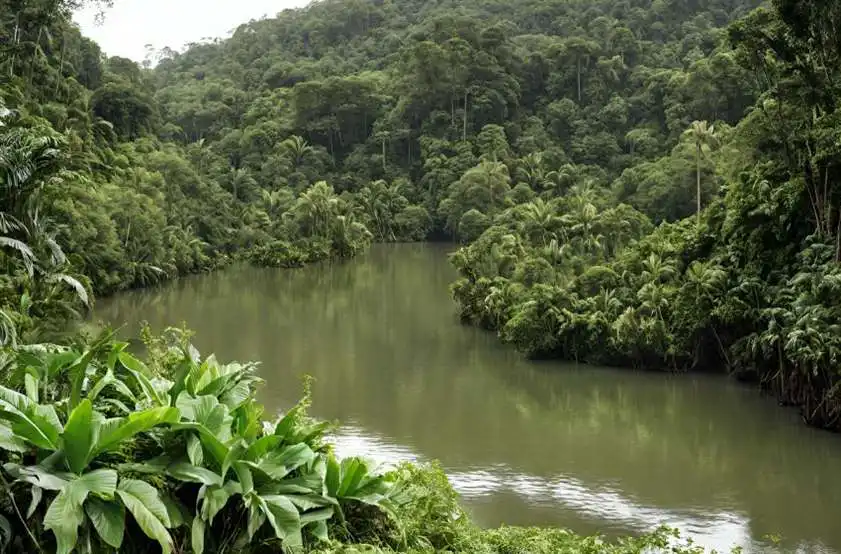
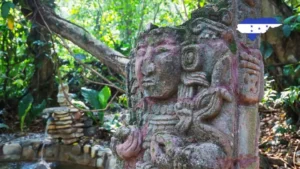





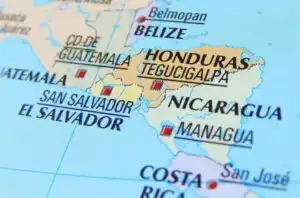
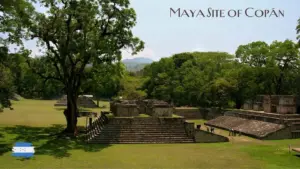
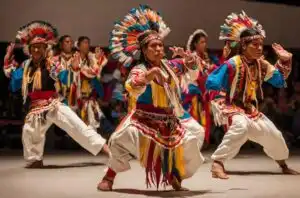
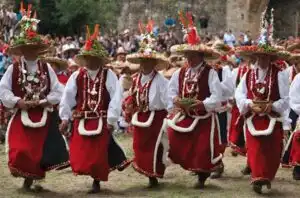
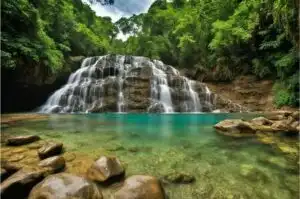
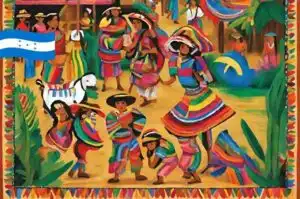

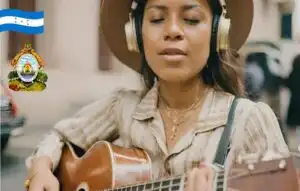

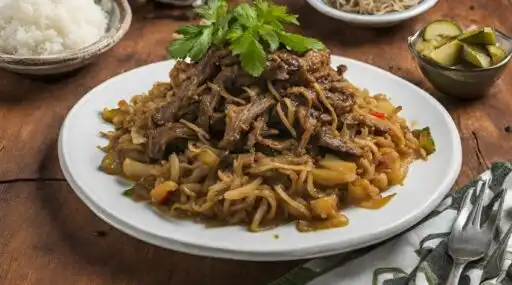
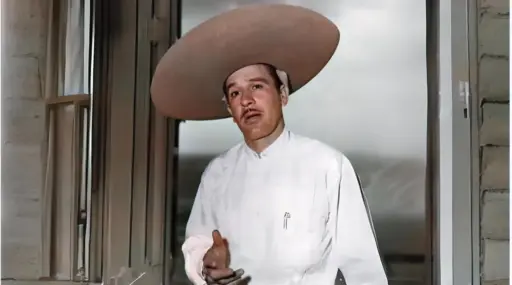
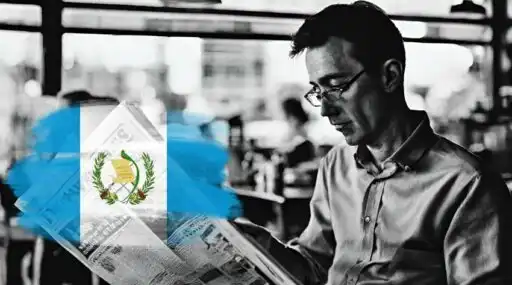
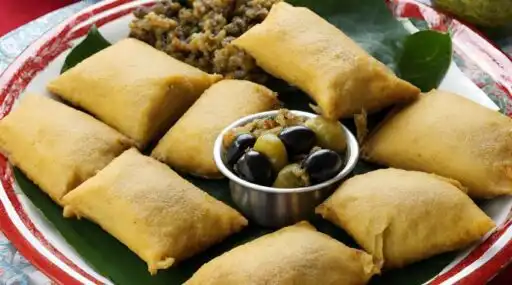










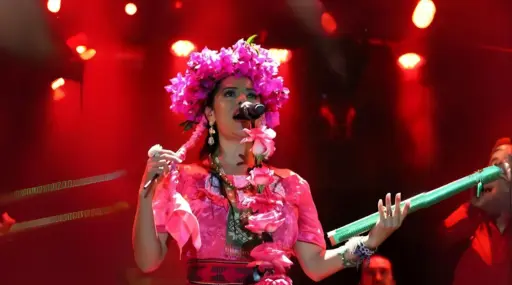

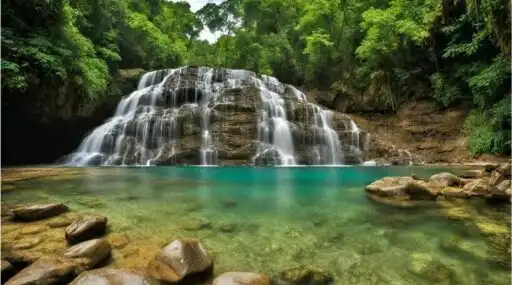
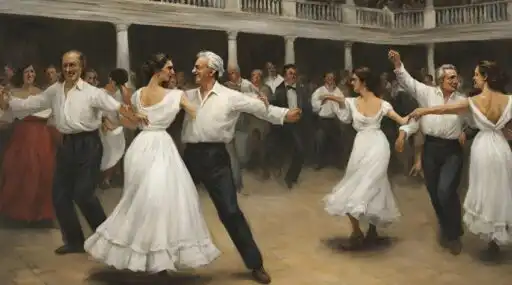
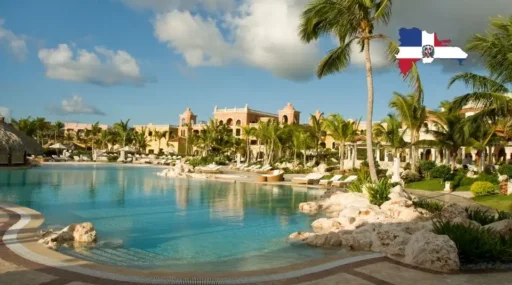
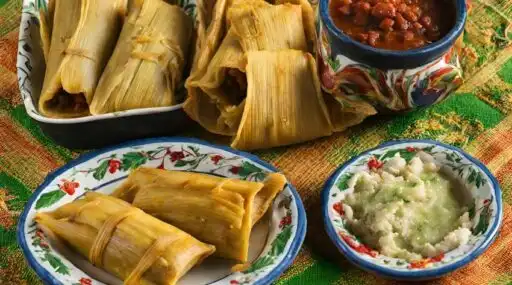


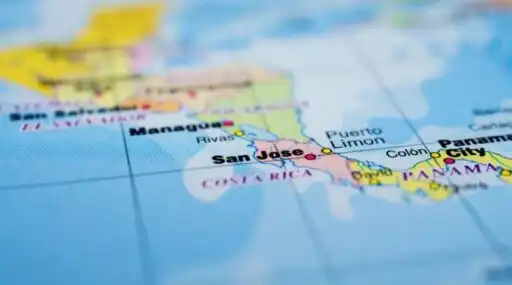
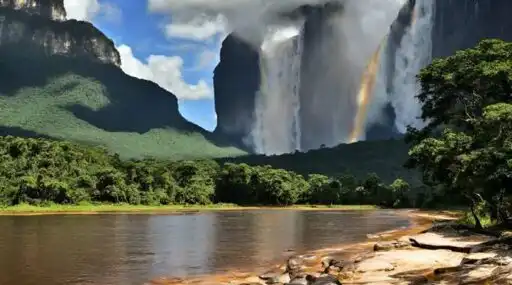
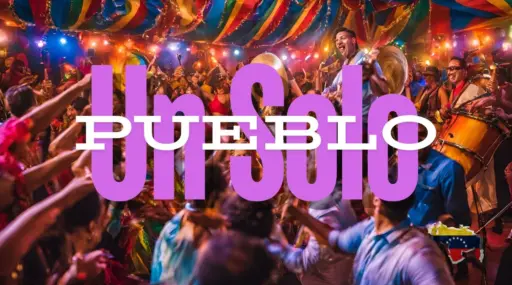

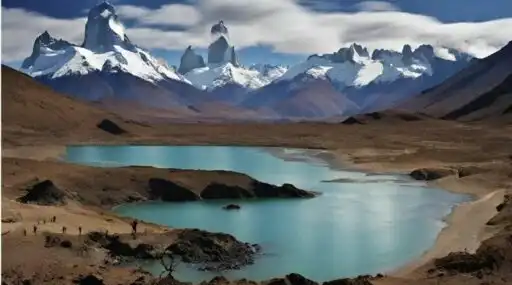
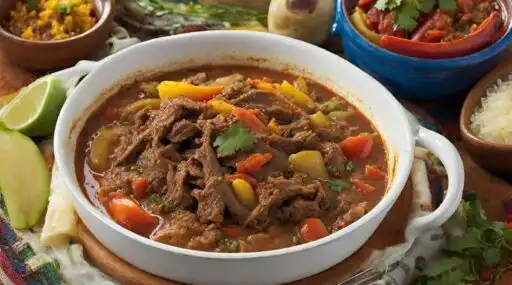
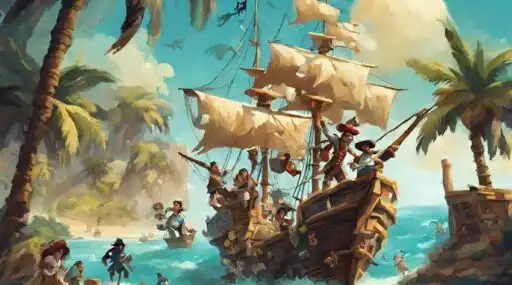
Leave a Reply